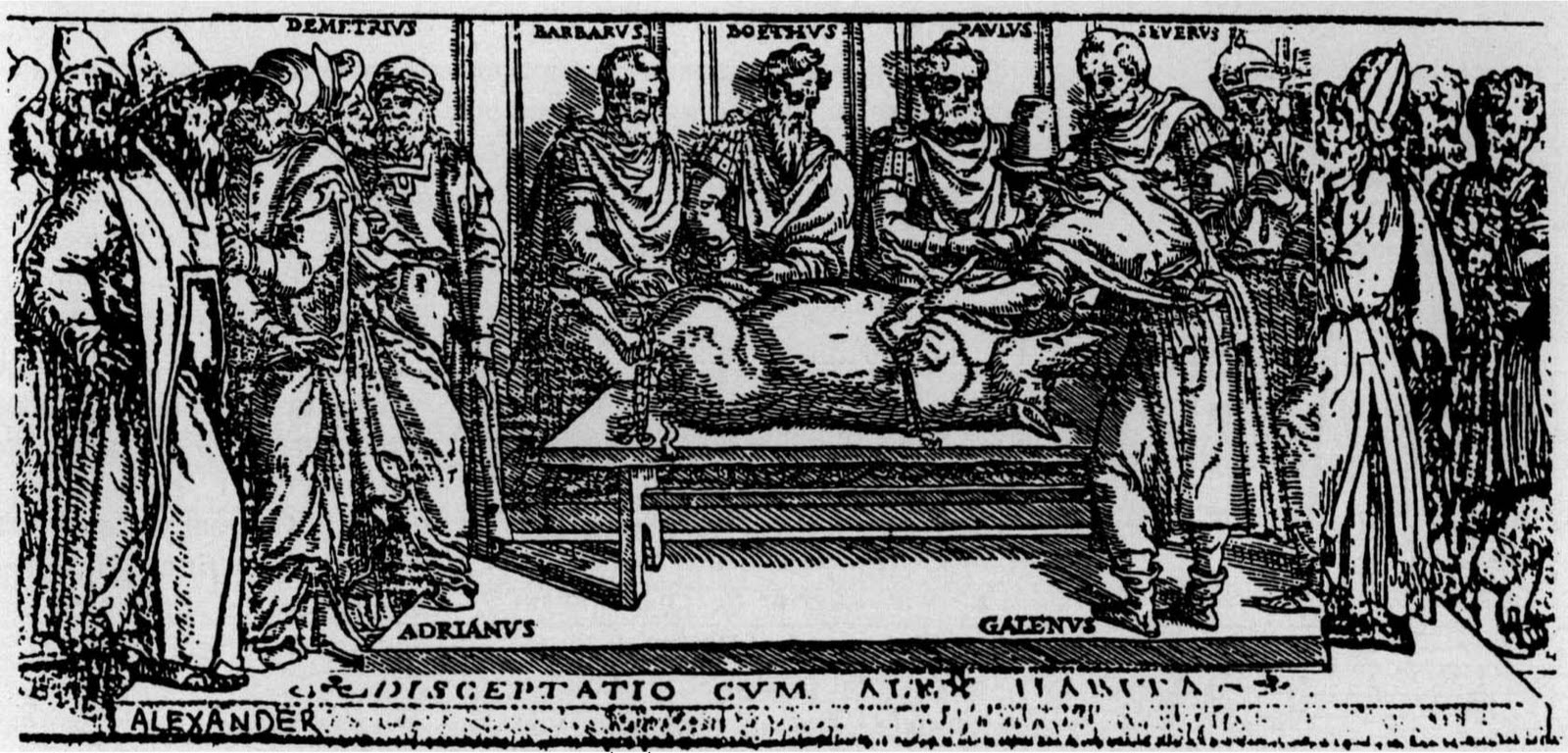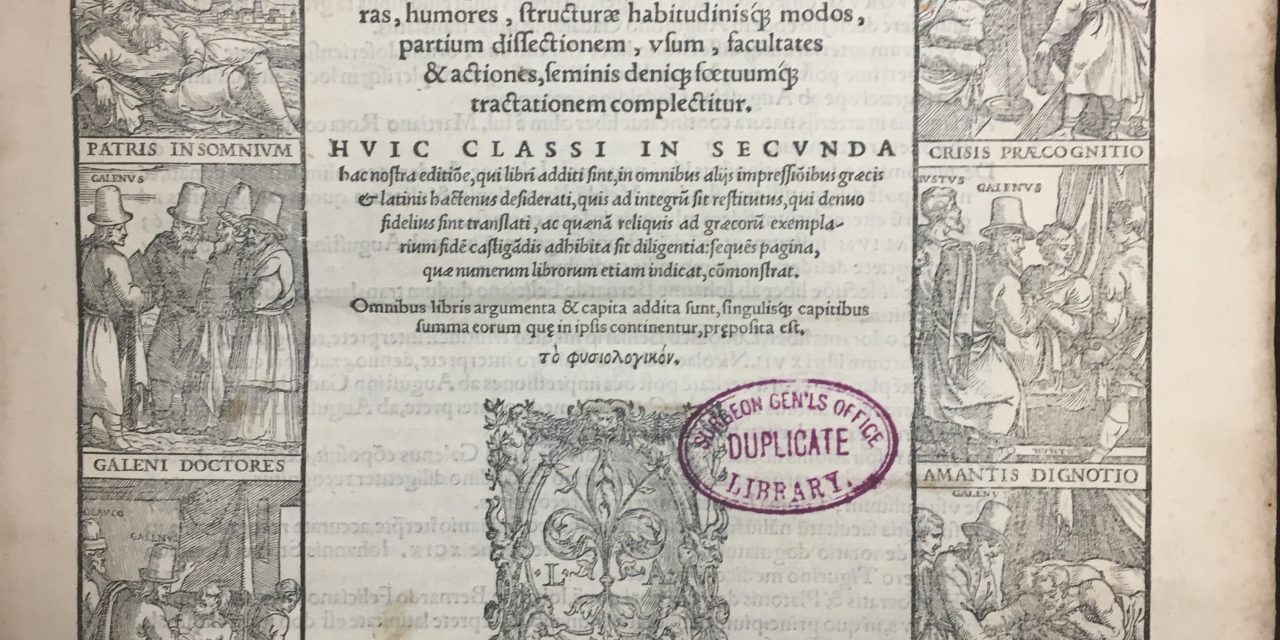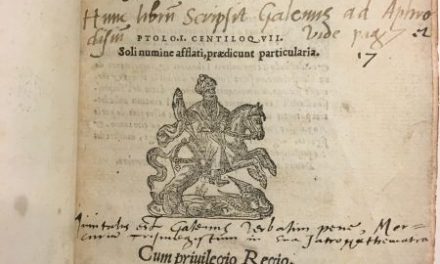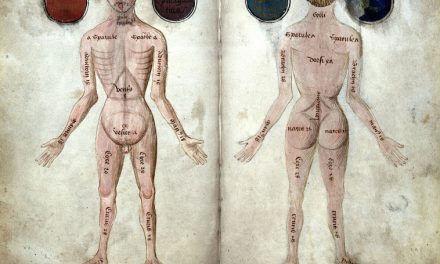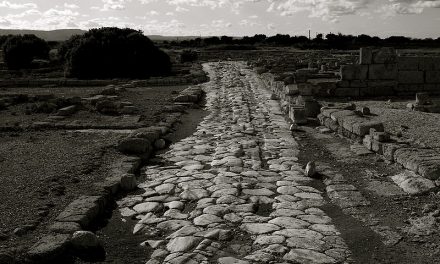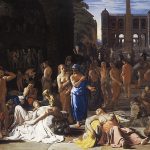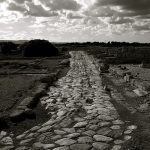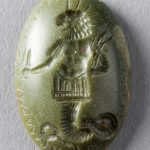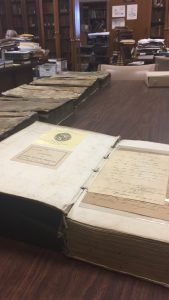
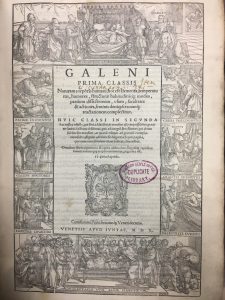
Johns Hopkins university, Baltimore, Maryland. Prematurely summery weather and vegetation, mellow green grass and thousands of birds, far, far away from the timid London Spring. As I finished my talk on Galen and popular medicine last Tuesday, my hosts at the History of Medicine institute rewarded me with fresh food and drink (well deserved); then it was time for a visit to their special collections in the history of medicine. A batch of carefully lined-up volumes lay on the large table for me to browse and examine. Christine, the curator, was welcoming and chatty about some of them: the bizarre insect damage to the velum bindings of Galen’s complete works (1550 Juntine), the no less bizarre case of this isolated tome from the 1556 edition, and those tiny Champier volumes nobody ever wanted to see. Christine, like other members of this department, is well aware of the pioneering, innovative past of this place in the medical humanities, although that phrase was not in use when Temkin and Sigerist were around. Then, medical texts, medical thought, were at the heart of scholarly enquiries in the history of medicine, rather than social history as it is now. One of the oldest departments of the history of medicine in the world, host institution to the best academic talents for decades (some poached from European universities), Johns Hopkins produced several classics on Galen, especially Temkin’s Galenism. Rise and Decline of a Medical Philosophy (1973). The time of Owsei Temkin is long-gone, and the history of medicine has moved on, but the place is haunted with his presence, via portraits on the wall, the old black board he used, books on ancient medicine lined up high on the wooden shelves, and of course my imagination.
But this visit was also a voyage in time and memory for other reasons. Those editions of Galen, and the fattest volume of all on the table, the anonymous collection De balneis, all brought back memories of past, perhaps unfinished research. I was always very fond of the 1553 De balneis : I examined the first of many copies in Paris, at the BIU-Santé (then BIUM), over ten years ago. It is easy to find across European historic libraries and, as I discover now, also in the US, where copies must have flowed in in the 19th century and beyond. Presumably, it sold rather well in its time. Published in Venice, the book has no author, editor or curator name but offers a fascinating compilation of medical texts, ancient and modern, on baths, and on medicinal uses of water. Information on bathing was most likely in high demand in the mid-sixteenth century, for this is a rich, well curated book. It reveals prodigious erudition. At the time, one text in particular caught my eye: a series of extracts from the 4th c. Greek doctor Oribasius on that same topic, curated by a certain Agostino Gadaldini. In the margins, intriguing notes, half in Latin, half in Greek, revealing the work of a philologist. Why single out this text in the midst of many? Because Gadaldini played a pivotal role at the very same time period, in the 1540s and 1550s, in curating Galen’s complete works in Latin for the Giunta press. We know next to nothing about the man. Gadaldini translated texts, commissioned other translations, or revisions of translations, organised the volumes, and, more importantly, based much of his work on direct examination of Greek manuscripts and some form of textual criticism. His rigour challenged other publishers of medical texts of the time to emulate his achievements, but few were as influential when it comes to Galenic texts. Gadaldini’s method is not systematic – he would never have had the time to apply this level of analysis extensively, but it is, in places, remarkably effective in emending the text. The results of his enquiries are meant to be pondered, if they so wish, by readers in the form of printed notes in the large margins of the Juntine editions, or, in the present case, in the last few pages of the De balneis collection, devoted to Oribasius. Gadaldini provides his readers with information and means to interpret the text in the light of his sources. In many ways, he behaves like a modern editor. Some were spot on in recovering his emendations for fresh editorial purposes; others remained unaware of the interpretive potential of Gadaldini’s notes, collations and conjectures. More, still, have all but forgotten the dusty volume on baths, bathing, and the properties of water once put together by a clever Italian.
In the merry company of my Venetian and Baltimorean ghosts, I take a coffee break (for all their 20th c. paraphernalia, History of Medicine also have a Nespresso coffee machine). Sipping the precious brew, I anticipate on the next books I will browse on that table at the other end of the corridor. In thought, the illustrations of the Juntine, picturing the most famous stories from Galen’s works, take me to another ample topic of choice: the reception of Galen in the Renaissance, and the sheer power of Galen’s writing, of which Temkin was all too aware.
